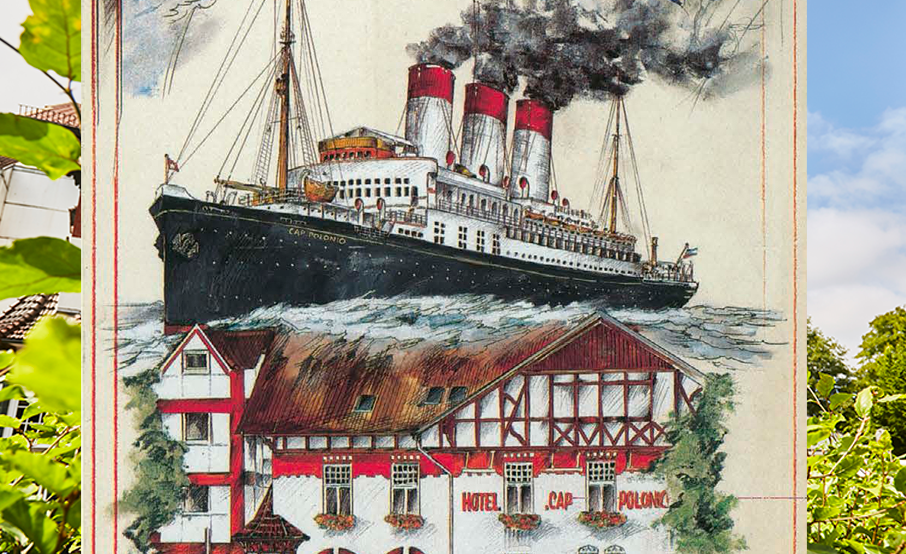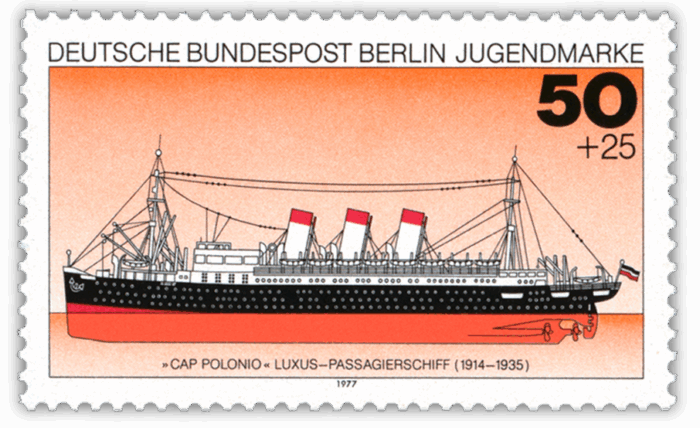Our House
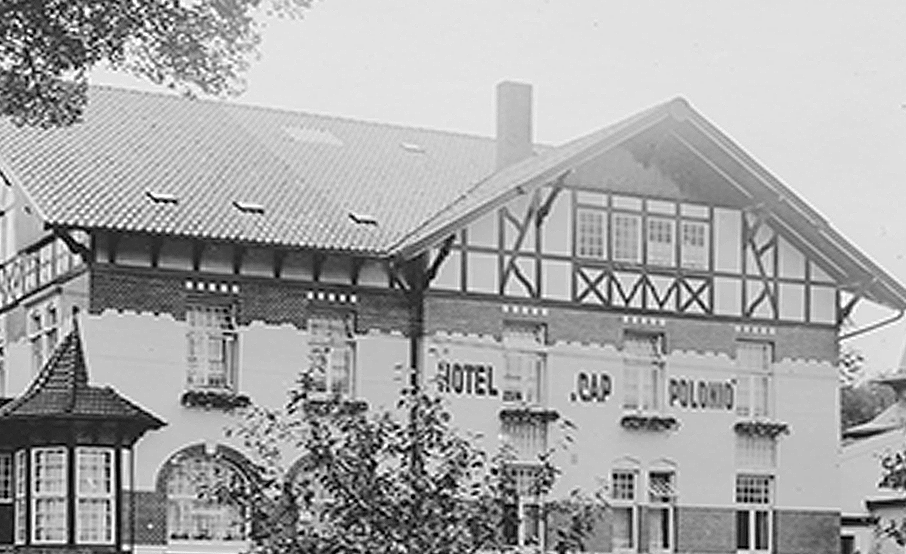
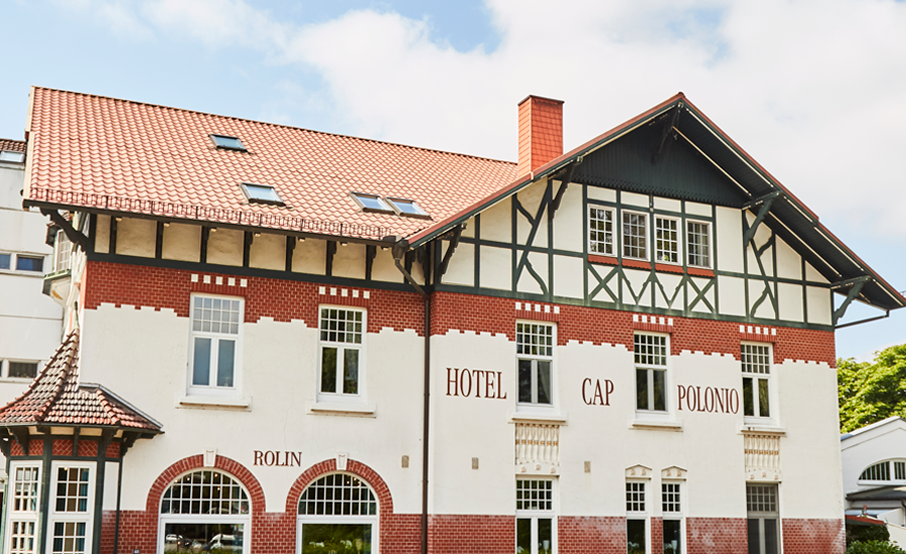
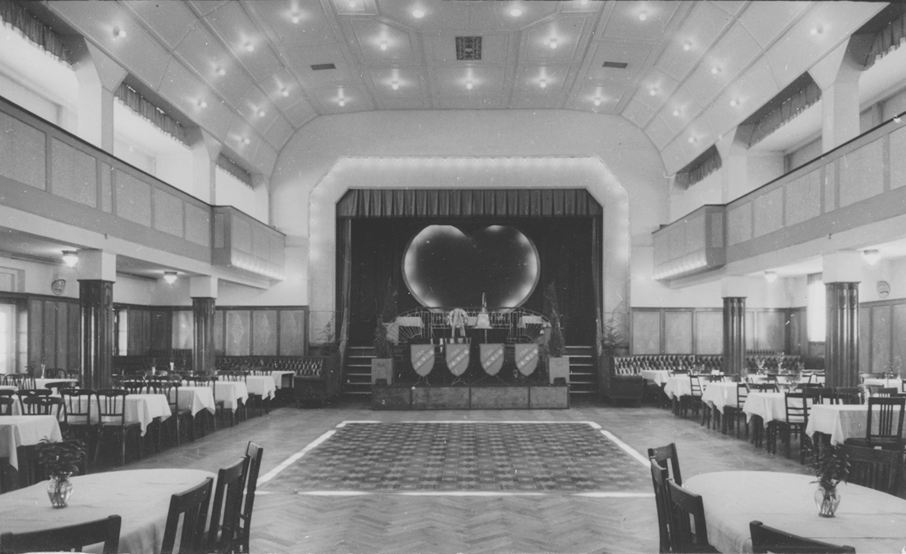
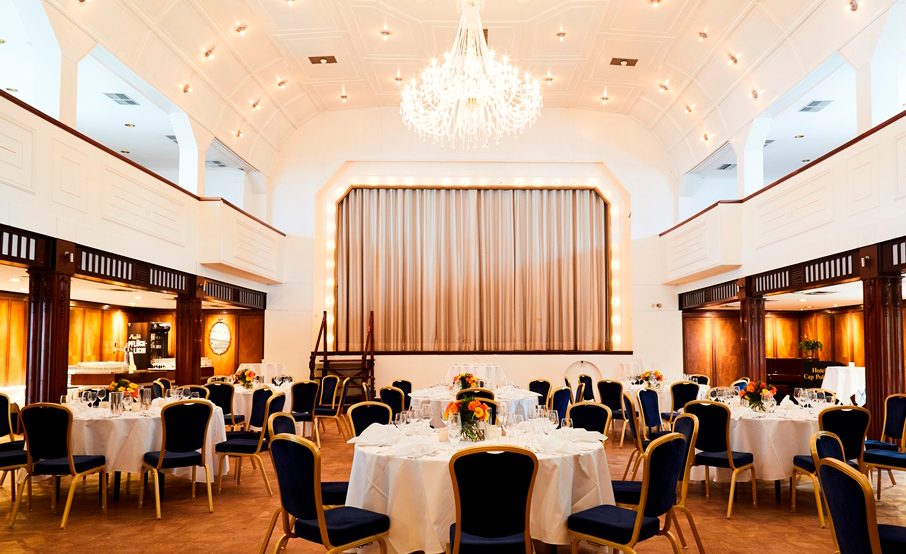
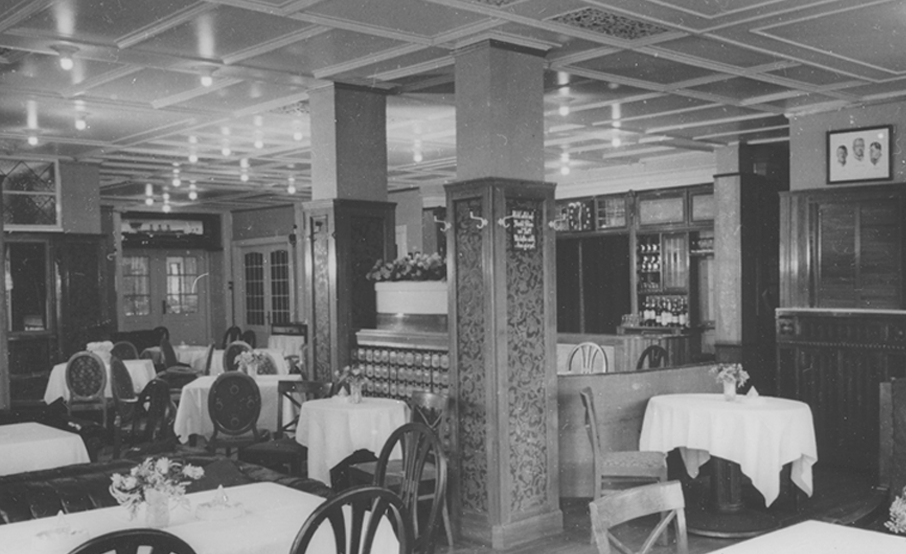
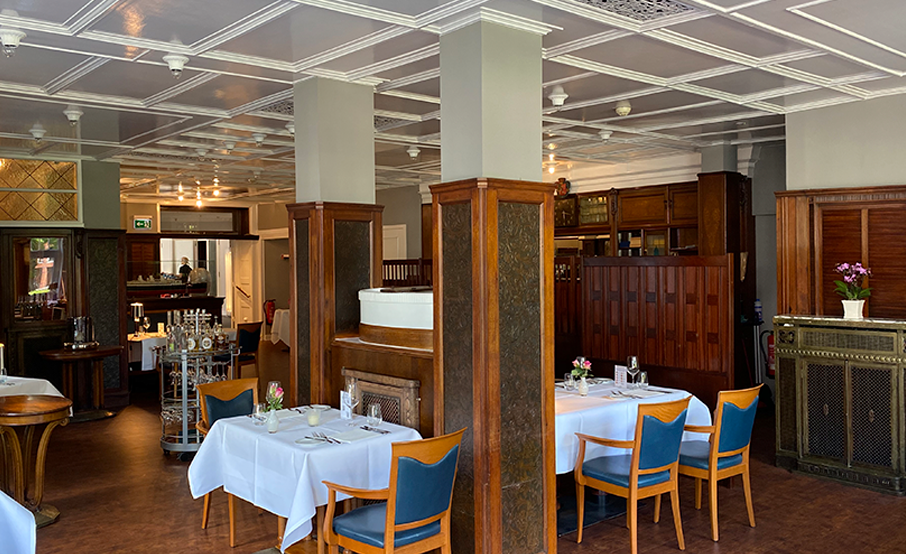
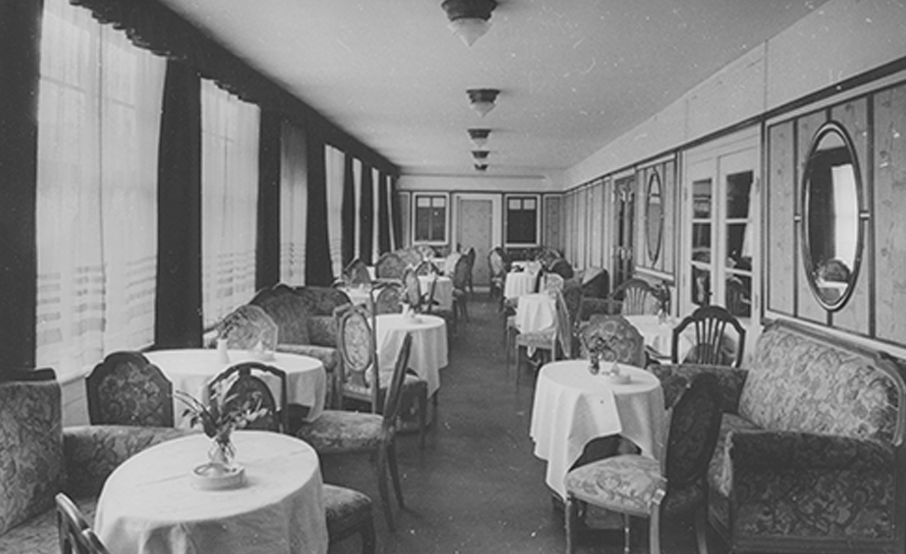
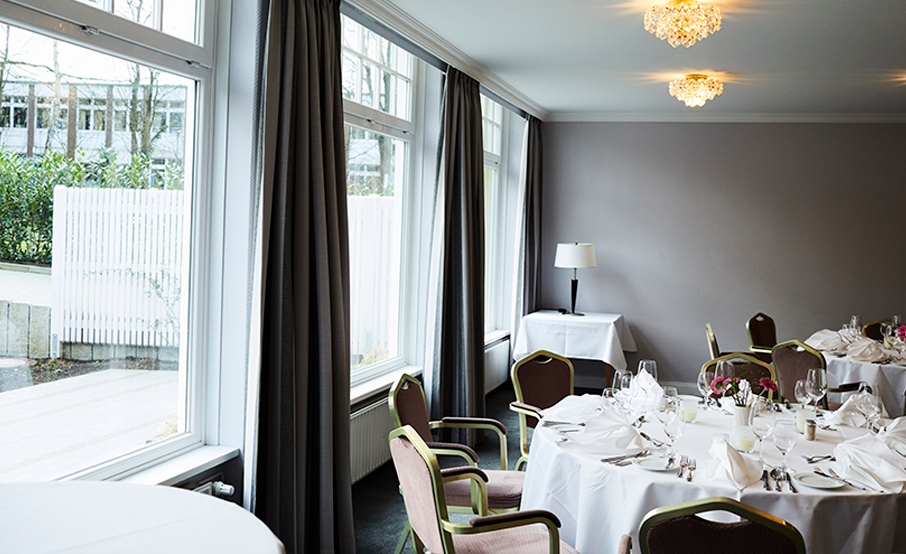
Why a luxury steamer dropped anchor in Pinneberg
Why the “Cap Polonio” finally dropped anchor in Pinneberg is an exciting story. Conceived as the flagship of Hamburg-Süd in service to La Plata, she was for years the largest ship in the merchant fleet based in the Port of Hamburg and was praised as the most modern and beautiful ship in South America service anywhere.
The not quite so magnificent older ones were called “Cap Finisterre” and “Cap Trafalgar”. On 25 March 1914, the “Cap Polonio” was launched by Blohm+Voss in Hamburg.
But the classic beauty soon became a victim of the world economic crisis. She was not even granted a decent maiden voyage. There was a war on and the floating palace was seized by the Imperial Navy. All luxury was removed. Instead of serving for pleasure, the ship, disgraced under the false name “Vineta” and armed with four 15-centimetre and four 8.8-centimetre guns, had to operate as an auxiliary cruiser against the enemy during the First World War. The steamer was not up to this task. By order of the Reichstag, the “Cap Polonio” was sent back to Blohm+Voss for a beauty treatment, and Cinderella became the pretty queen again in 1916.
The technical data of the “Cap Polonio”: Construction number 221 at Blohm+Voss. Size: 20,576 GRT (comparable to the “Fedor Dostojewskij”), 201.8 metres long (comparable to the “Europa”), 22.1 metres wide. Propulsion: two III expansion engines and one exhaust steam turbine, three propellers. Maximum power 20,000 hp – 19 knots. Passengers: 1st class 356, 2nd class 250, steerage 949 passengers. Crew: 460 persons.
Finally, on 16 February 1922, the ship left the port of Hamburg for the first time under the command of Captain Ernst Rolin on a triumphal voyage bound for South America. Onlookers lined up in rows of four in front of the shipping company’s agency in Buenos Aires to get tickets for a tour of the fast steamer. The visit was worthwhile. The winter garden with zones for smokers and non-smokers was considered a sight to see. The ship’s own nursery with greenhouses on the boat deck supplied the flowers for decoration and sale to travellers. The covered swimming pool between the first and second funnels was generous in size.
By 1926, the renowned steamer had carried 52,000 passengers and earned a net profit of 2.1 million marks. After eight years of service, however, it had to make way for the one knot faster “Cap Arkona” in 1927.
It served for a short time as a trade fair ship, made a few pleasure trips to Scandinavia and finally set off on its last voyage to the scrapping yard in Bremerhaven in the summer of 1935.
At this point, the third and most enduring phase of the “Cap Polonio’s” life began: Her sophisticated chic became a legend. Even today, picture postcards of the elegant luxury liner circulate in collectors’ circles and at flea markets. In 1977, the German Federal Post Office issued a stamp showing the impressive hull of the ship. Otto Olbers, a hotelier from Pinneberg and for years the chief engineer on the “Cap Polonio”, set up a monument to the floating beauty of the world’s oceans on land. He bought the inventory of the first-class dining room at auction, used it to expand his accommodation business and henceforth called it “Cap Polonio”.
Olbers and his wife Christine established the tradition of a noble hotel that is and will remain a family business to this day. The house, which reveals a unique cultural heritage of German maritime history, was a matter of the heart for him, as it was for his descendants. It took a whole year for the valuable rosewood wall panelling, leather wallpaper, brass lamps and radiator panelling as well as furniture shipped across the Elbe and Pinnau rivers to reach their final destination. The ship’s bell and one of the luxury cabins of the “Cap Polonio” can also be admired in the Maritime Museum in Bremerhaven.
Hildegard and Hermann Harder were the second generation to run the house – since 1986, the third generation has been Ute Harder-Lobe, Michael and Marlies Ostermann (née Harder), Roland and Heike Harder and Kay and Kristiane Wulf (née Harder) – in 2004, Marc M. Ostermann took over the kitchen management and Philipp Harder-Lobe the reception area.
Source: Pinneberg im Wandel, by: Marion Girke; Medien-Verlag Schubert




